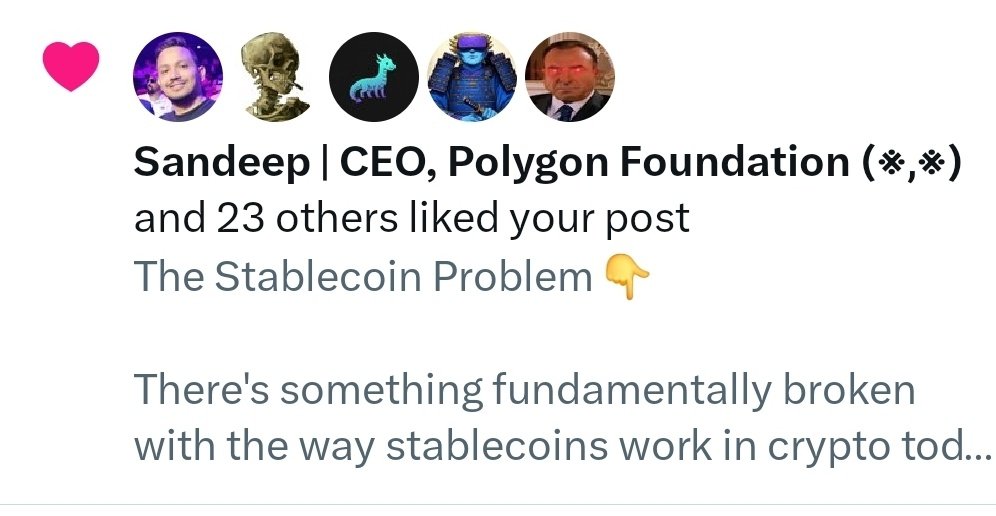
SushiSwap price

SUSHI Issuer Risk
Disclaimer
OKX does not provide investment or asset recommendations. You should carefully consider whether trading or holding digital assets is suitable for you in light of your financial condition. Please consult your legal/tax/investment professional for questions about your specific circumstances. For further details, please refer to our Terms of Use and Risk Warning. By using the third-party website ("TPW"), you accept that any use of the TPW will be subject to and governed by the terms of the TPW. Unless expressly stated in writing, OKX and its affiliates (“OKX”) are not in any way associated with the owner or operator of the TPW. You agree that OKX is not responsible or liable for any loss, damage and any other consequences arising from your use of the TPW. Please be aware that using a TPW may result in a loss or diminution of your assets. Product may not be available in all jurisdictions.
SushiSwap market info
Market cap = Circulating supply × Last price

SushiSwap Feed

















SUSHI calculator


SushiSwap price performance in USD
Popular SushiSwap conversions
| 1 SUSHI to USD | $0.52090 |
| 1 SUSHI to EUR | €0.45199 |
| 1 SUSHI to PHP | ₱29.7809 |
| 1 SUSHI to IDR | Rp 8,551.96 |
| 1 SUSHI to GBP | £0.38801 |
| 1 SUSHI to CAD | $0.71600 |
| 1 SUSHI to AED | AED 1.9130 |
| 1 SUSHI to VND | ₫13,611.18 |
About SushiSwap (SUSHI)
- Official website
- Github
- Block explorer
SushiSwap FAQ
Some common factors include market demand and supply dynamics, overall sentiment towards cryptocurrencies, trading volume on exchanges, developments and updates related to the SushiSwap platform, partnerships, regulatory announcements, and broader market trends.
With SushiSwap, there are several ways to potentially generate rewards. One method is providing liquidity to the platform’s liquidity pools, earning a portion of the trading fees generated by SushiSwap users. Alternatively, users can participate in yield farming, which involves staking their assets to earn additional tokens as rewards.
Easily buy SUSHI tokens on the OKX cryptocurrency platform. Available trading pairs in the OKX spot trading terminal include SUSHI/USDT and SUSHI/USDC.
You can also buy SUSHI with over 99 fiat currencies by selecting the "Express buy" option. Other popular crypto tokens, such as Bitcoin (BTC), Ethereum (ETH), Tether (USDT), and USD Coin (USDC), are also available.
Additionally, you can swap your existing cryptocurrencies, including XRP (XRP), Cardano (ADA), Solana (SOL), and Chainlink (LINK), for SUSHI with zero fees and no price slippage by using OKX Convert.
To view the estimated real-time conversion prices between fiat currencies, such as the USD, EUR, GBP, and others, into SUSHI, visit the OKX Crypto Converter Calculator. OKX's high-liquidity crypto exchange ensures the best prices for your crypto purchases.
Monitor crypto prices on an exchange
ESG Disclosure
SUSHI calculator













